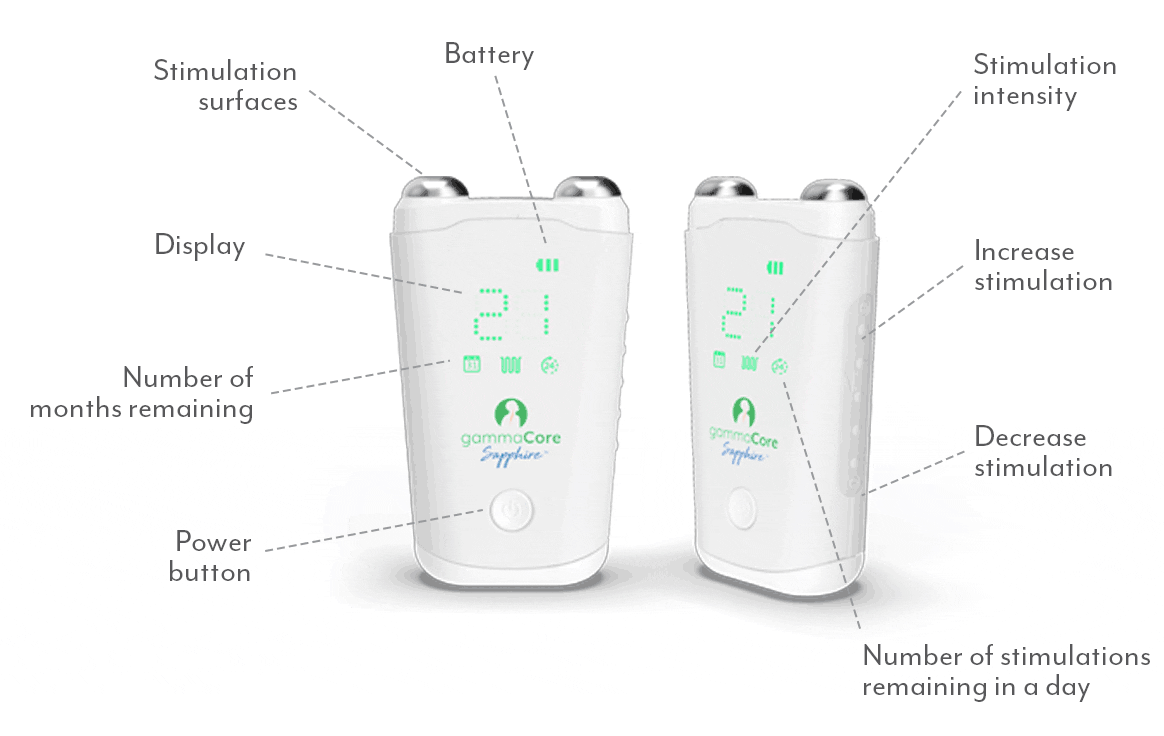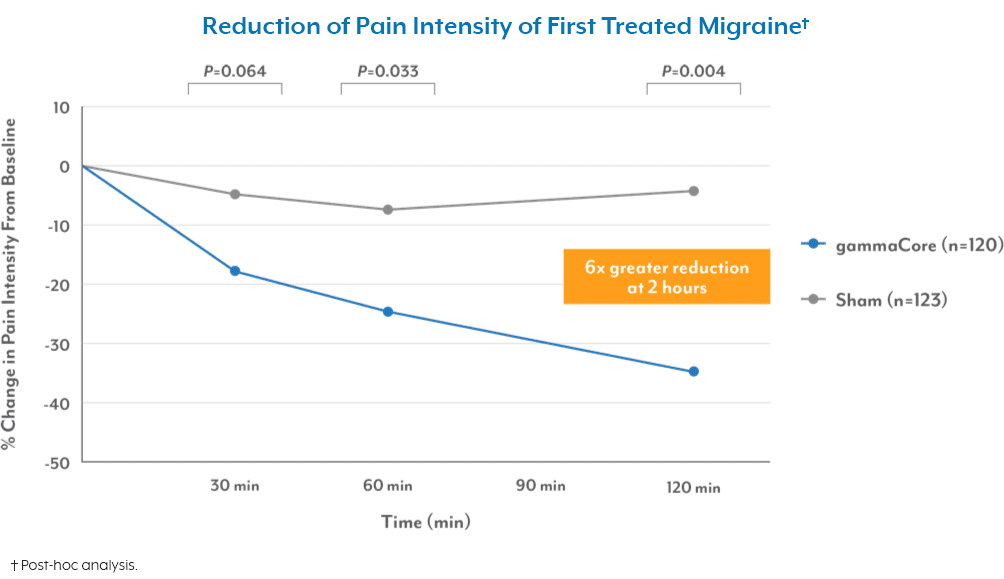
Experiencing a severe headache can be incredibly distressing, especially when the pain feels unbearable and disrupts your daily life, and even more so when you don’t know what’s causing it. If you frequently struggle with a severe headache, what you may be experiencing is a cluster headache. Let’s explore what makes a cluster headache different from other types of headaches, how to recognize cluster headache symptoms, and, most importantly, how to find cluster headache relief.
What Is a Cluster Headache?
Cluster headache is a rare but intensely painful type of headache that typically occurs in cyclical patterns or “clusters.” It’s often described as one of the most severe types of headaches, with some people comparing the pain to being stabbed or burned – it’s no wonder why it’s sometimes referred to as a suicide headache. Unlike a tension headache or migraine, a cluster headache tends to intensify on one side of the head, usually around or behind the eye, and the pain can come on suddenly without warning.
These headaches get their name from the pattern in which they occur. During a “cluster period,” someone might experience multiple headaches in a single day, often around the same time each day, for weeks or even months at a time. This is followed by a remission period when the headaches disappear entirely, only to return later.
Cluster Headache Symptoms
Recognizing the symptoms of a cluster headache is crucial in determining whether a severe headache could fall into this category. Some typical cluster headache symptoms include:
- Intense, sharp pain around or behind one eye, often spreading to the forehead, temple, or cheek.
- Red or teary eyes on the affected side of the head.
- Nasal congestion or runny nose on the side where the headache occurs.
- Drooping eyelid or swelling around the eye.
- Sensitivity to light and sound during an attack.
A cluster headache usually lasts between 15 minutes and three hours and can occur multiple times in one day. Unlike migraine, people with cluster headache tend to be more agitated and less likely to seek a dark, quiet room. If someone is struggling with a severe headache regularly and these symptoms sound familiar, it’s worth considering that they may be experiencing cluster headache pain.
Cluster Headache Treatment Options
Now for the most important part – what can you do to relieve a severe headache? Different types of headaches may require different solutions, and the same goes for cluster headache. The good news is that there are several headache treatment options that can help reduce the severity and frequency of attacks. The key to relief is working with a health care professional to determine, first, if what you’re experiencing is in fact a cluster headache, and second, what treatment is best for you.
Some common cluster headache treatments include the following:
- Oxygen therapy, or breathing in pure oxygen through a mask, can help stop an attack in progress. While shown to be an effective treatment, it’s not ideal for many cluster headache sufferers because the oxygen cylinders are not practical, especially if an attack occurs outside the home.
- Prescription medications, such as triptans or other fast-acting drugs, are designed to relieve acute symptoms. As with any medication, this cluster headache treatment option may have side effects and contraindications. It also doesn’t work to prevent cluster headache attacks from striking in the first place.
- Neuromodulation device technology, which directly targets the nerves, offers an effective, non-drug treatment option for individuals seeking alternative relief from cluster headache.
One neuromodulation device to consider speaking to your health care provider about is the gammaCore™ non-invasive vagus nerve stimulator (nVNS), which is clinically proven to treat various types of headaches, including cluster headache.
gammaCore nVNS is a handheld device that safely delivers mild electrical stimulation to the vagus nerve through the skin on the side of the neck, helping to alleviate pain caused by cluster headache. It’s portable, easy to use, and has been shown to provide drug-free relief for both acute and chronic cluster headaches. In addition to providing fast-acting relief when needed, gammaCore also helps prevent cluster headache pain with just two 2-minute treatments twice daily.
To see if gammaCore is right for you, visit our clinic finder to locate a health care provider near you, or contact our dedicated Customer Experience team at 888-903-2673 or customerservice@electrocore.com.


